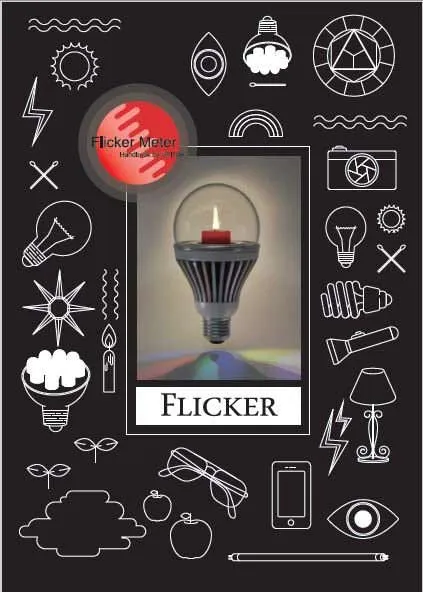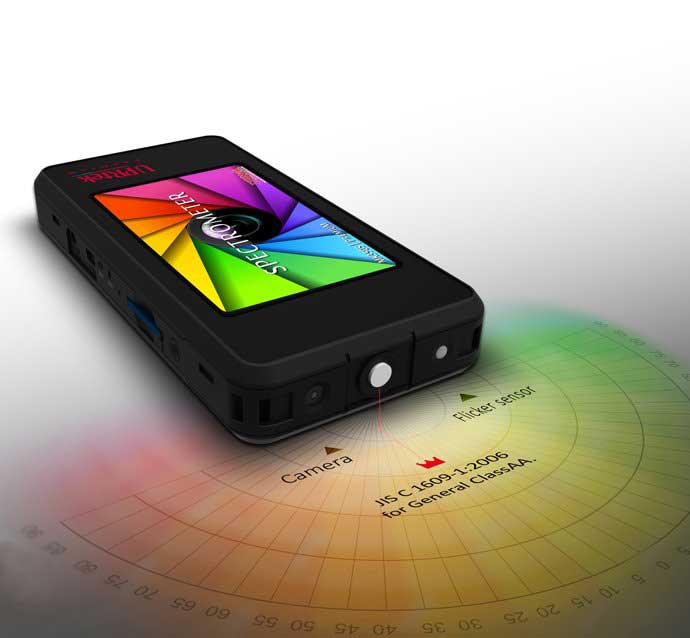KNOWLEDGE Q&A
UPRtek Handheld Spectrometer – Technology and LED Optical Measurement Function FAQ.
Most commonly used measurement parameters and optical principles of the spectrometer are explained as follows in order to improve users application and know-how on international optical metrics. We hope you can find them useful and gain a knowledgeable information by referring to the answers below:
If you encounter any problems which is not listed below, please fill out the form and we will reply as soon as possible. Thank you for your cooperation.
Contact us
For we can provide you a better service, please fill in all * fields below.
"*" indicates required fields
We Need Your Consent
By consenting to this privacy notice you are giving us permission to process your personal data specifically for the purposes identified. Consent is required for us to process your personal data, and your data will not be shared to third parties.

